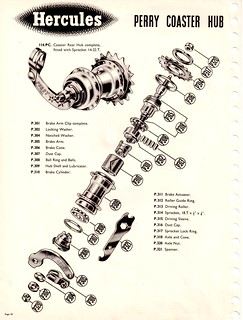 Chapter 6 of Markel covers strategies for matching the style, tone, and design in technical writing to the people who will read what you write. This advice will help you with all the projects you work on this term. All of the information is important, but I will highlight three areas that can make a big difference:
Chapter 6 of Markel covers strategies for matching the style, tone, and design in technical writing to the people who will read what you write. This advice will help you with all the projects you work on this term. All of the information is important, but I will highlight three areas that can make a big difference:
-
Choosing Effective Organizational Patterns (pp.107–108)
Be sure to look through the chart in the book that talks about different ways to set up your writing. You may have noticed that some of the bios you examined use chronological order, but other options could work as well. For example, some of the bios also move from “More important to less important” information. Use the chart on these pages this term to remember the options available. -
Writing Coherent Titles and Headings (pp.108–111)
The right title can draw someone into your text, and effective headings chunk the text into manageable sections that increase understanding as they guide people through what you write. Pay particular attention to the Guidelines on p. 111. As you look at the information think about how some of the examples used these strategies to chunk the details in the bios. The examples from “Meet the Team” Pages: Examples and Trends use the person’s name and title as headings, for instance. You might also arrange your informal bio as a kind of Q&A, with the questions as headings. -
Using Lists (pp.117–120)
Like headings, lists can make a remarkable difference in readability. Pay attention to the guidelines in this section for examples that show what lists contribute to a piece of technical writing. You may not use lists at all in your bios (though you can if they make sense for what you are doing). Keep the strategy in mind for future projects.
Reading Quiz
After reading the chapter, complete the reading quiz in Canvas for Chapter 6.
Photo: Perry coaster hub .. by Mark Gell, on Flickr